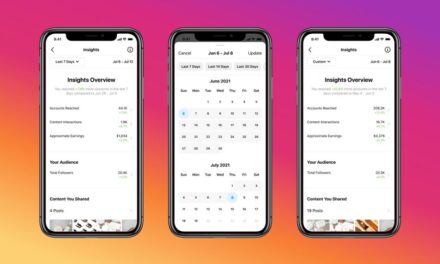Repost from: https://www.marketingtechnews.net/news/2018/oct/19/brands-are-wrestling-personalisation-more-any-other-marketing-tactic/
Achieving a fully-personalised customer experience is something today’s marketing professionals dream about, where each customer feels the brand knows them and can anticipate their every need.
Get that right, and sales and loyalty will follow.
But while personalisation is at (or very close to) the top of the digital marketer’s priority list, it’s not proving easy to implement. In fact, a report by Ascend2published on eMarketer found that for nearly two-thirds (63 percent) of marketers, it’s the most difficult tactic to execute.
In the survey of 190 marketing “influencers” worldwide, data-driven personalisation trumped nearest contenders content marketing (49 percent), use of marketing technology (41 percent) and search engine optimisation (40 percent) in posing the biggest challenge.
Email marketing (14 percent), search and social ads (18 percent), and social media marketing (24 percent) were regarded as the more straightforward of strategies.
“In an increasingly connected, digital world, consumers now expect brands to serve them personalised content at the optimal moment and on their preferred device,” Jeremy Hlavacek, head of revenue at IBM Watson Advertising, told eMarketer.
“To achieve this level of engagement, marketers need the ability to predict—without coming across as intrusive—what their target audience will think, feel, say and do across a variety of scenarios.
“And with the incredible amount of data available now, personalisation is more complex than ever,” Hlavacek said.
In an earlier feature for Marketing Tech, VP of global field marketing at DataStax, Evanna Kearins, argued that a key issue brands are facing with personalisation and recommendation strategies is reliance on “large, batch analytics projects”after-the-fact.
These don’t represent what customers are looking at right now and can, therefore, run a risk of being less accurate; “Instead, real-time analytics on customer behaviour has to provide recommendations in the moment, while customers are making their decisions,” said Kearins.
While traditionally, brands would profile a consumer using a variety of factors such as age, gender, location, and financial status, this is no longer accurate enough. In highlighting the flaw with data brands are using to “get to know” their audience, Pixoneye CEO Ofri Ben Porat offered Marketing Tech this analogy: [There are] two men, both born in 1948, self-employed, wealthy, married, have dogs, own a house in London, have children and like fine wine.
“On paper, these two men are almost identical but in reality these two men are extremely different. This, in fact, is data pertaining to Prince Charles and Ozzy Osbourne.”
While technology, particularly advancements in artificial intelligence (AI), offer a means to run real-time analysis on browsing habits as well as a wealth of data from users’ devices, it relies on customers opting in, while the technology itself can be costly and complex to integrate and use. Indeed, eMarketer cites a report from Sailthru, which found that more than one in four respondents said a lack of time, people and money has inhibited their personalisation efforts.
The barriers to a fully-personalised experience don’t necessarily end on the brand’s side, though. Consumers themselves also carry some “cognitive dissonance” when it comes to attitudes towards personalisation, according to Hlavacek.
“On the one hand, they have told us they want contextually relevant, personalised advertising vs. seeing messaging from brands that has nothing to do with them. On the other hand, consumer distrust in advertising is at an all-time low as they rethink with whom to share their most coveted, private information.
“Brands that provide demonstrable utility and value while safeguarding their users’ data will likely fare much better in this current climate than those whose purpose is unclear,” he concluded.















